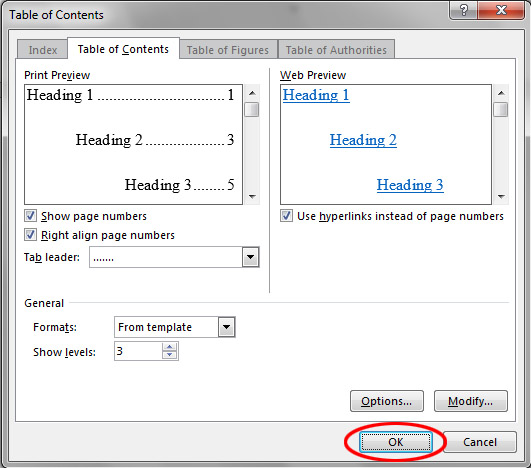

Normal - This is the default text Style unless you consciously change it.

The ScrivenerVirgin blog is a journey of discovery:Ī step-by-step exploration of how Scrivener can change how a writer writes.Ninety percent (or more) of the time, you're going to be using one of the following Styles or groups of Styles: Remember, if you’d like to see a demonstration of any of the features discussed in this blog post, book a Simply Scrivener Special.
#Word document headings and subheadings update
Only update this custom setting when you have achieved progress, one step at a time, within one level at a time. Before you start changing settings, set up a custom setting. You can tweak the formatting for each level until you are happy with how the compiled version looks. Notice that, by changing the vertical spacing, where the text lands on the page has changed automatically. I deleted that ‘return’ character and reviewed the dummy text illustration.Ĭompiling again, I’m now happy with the spacing above and below the Title. I’d clearly been ‘playing’ with this layout in a Simply Scrivener Special webinar demonstration. I found I had a line space in the Suffix setting. This is easily fixed! Check what settings you have for the Section Layout … Once you click compile, you can check how the text looks on the page.įor me, there is too much space after the Title, compared with the vertical spacing above it. However, if you are keen to explore this further, checkout Wikipedia’s definition here. It looks like Latin, but is just nonsense. The dummy text – which reads Lorem ipsum dolor … – is just a filler. The Title is currently showing as left-justifiedįor the Main text, dummy text illustrates whether you have unjustified text (ragged right) – as we have here – or any other setting.

The lower part of the formatting tab shows how the text will compile: the Title and the Main text. What do the current/default settings look like? Accepting the current or default style for your headingsĪs a starting point, you might just accept the current settings for a level, and see what it looks like. Whatever decisions I make about the formatting of the sections within my Introduction, the same setting will apply to these other documents too. Notice that there are many other documents at the same level. Notice the matching binder icons.Ĭontinuing down through the levels, it’s at Level 3 that my selected documents are highlighted. Level 1 picked up nothing (I have nothing at level 1 with that binder icon in my structure) but at Level 2, just my Introduction document is highlighted. Use them for structure, rather than content. Notice that these appear to be at different levels … and this is why I suggested way back that you don’t put text in a folder. Within the Formatting tab of the Compile window, each section type controls one level of folder/document. I have highlighted a group of documents – all at the same level – to illustrate how these document titles will become section headings, and how you can format them in one go.

Recall that you can reveal your document titles using Format / Options / Show Titles in Scrivenings. Format / Options / Show Titles in Scrivenings During compilation, document titles can become section headings.


 0 kommentar(er)
0 kommentar(er)
